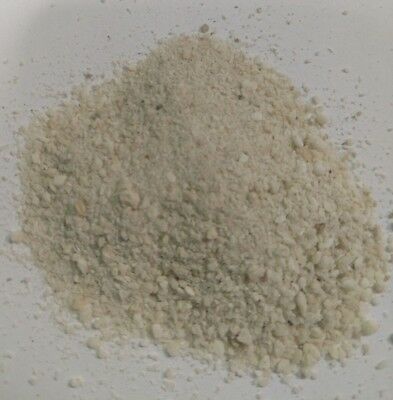-40%
Nitrogen 46 0 0 Urea Fertilizer great for lawns, gardens, deer food plots
$ 6.3
- Description
- Size Guide
Description
I purchase Urea 46-0-0 in bulk. I weigh it on state inspected digital scales so you do get an actual 10 pounds of fertilizer. The fertilizer is placed in plastic zip lock bags.Lawns: Apply 3 to 4 lbs. per 1000 sq. ft. in early spring. Further seasonal applications may be needed.
Gardens: On gardens with adequate phosphorus and potassium, apply 6 to 9 lbs. of IFA 46-0-0 per 100 sq. ft. before planting and mix into the top 3 to 5 inches of soil.
Urea is 46% nitrogen, so its analysis is 46-0-0. This actually has carbon in it, so in a sense, you could call it an organic nitrogen. Not that it's approved for organic use, but it does have carbons in with the nitrogen so carbon is part of the molecule of urea. Urea is a high analysis dry nitrogen. It has a tendency to dehydrate the soil, so it has to be used where there is adequate water. In the right place it can be very useful. One of the uses it's really good for is in corn when the equipment requires a dry application of nitrogen. Urea is a dry granular, so it can spread with a fertilizer spreader just fine. It mixes pretty well with phosphorus and potassium products. You do have to be careful mixing it into limestone. Pelletized limestone and urea would not stay in very well together.
How to Read Fertilizer Numbers
Three prominent numbers on a fertilizer package — known as the NPK value, guaranteed analysis or fertilizer grade — tell you the percentage of available primary macronutrients by weight in the package:
Nitrogen (N) content is the first number.
Phosphorous (P) content is the second number.
Potassium (K) content is the third number
Granular fertilizers deliver food to a plant slowly but have the advantage of longevity.
Broadcast application
This method, which covers large areas well, is used to apply granular fertilizers to lawns or to new beds before they are planted. The broadcast method can be done with a hand-rotary or drop spreader.
Top-dress application
This technique, which provides nutrients to individual plants such as shrubs and perennials, is done by hand with granular fertilizers. Simply apply the fertilizer around the base of the plant, extending to the drip line. For vegetables, place the fertilizer in a strip parallel to the planting row.











